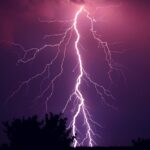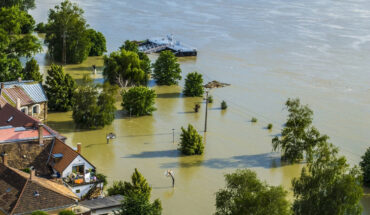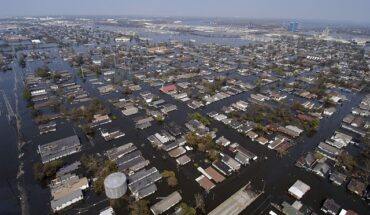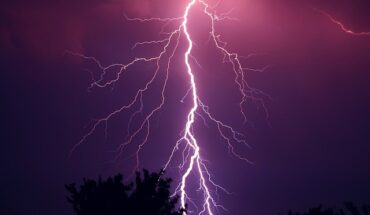Steps to take to prepare for flooding
Floods can happen anytime, anywhere, and can cause significant damage to property and infrastructure. While it’s impossible to completely prevent flooding, there are some flood preparation steps you should take now. By taking these these steps, you can prepare you and your family and minimize the potential damage.
Before a flood
- Know your flood risk. Find out if you live in a floodplain by checking your local flood map. You can also contact your local emergency management office for more information. These are typically found within your county Sheriff’s office.
- Create an emergency plan. Your plan should include evacuation routes, communication plans, and a list of important items to bring with you if you need to evacuate. Getting your family FRS or GMRS radios (or getting all licensed as amateur radio operators) is a great way to be able to communicate during a disaster, such as a flood.
- Put together an emergency kit. Your kit should include food, water, first-aid supplies, and other essential items that you may need if you are evacuated or lose power for an extended period of time.
- Protect your property. Make sure your gutters and downspouts are clean and free of debris. Consider installing sump pumps or backflow valves to prevent water from backing up into your home. Many communities have building codes in place due to potential flooding. You may also want to elevate your furnace, water heater, and electrical panel.
- Purchase flood insurance. Flood insurance is not covered by standard homeowners insurance. If you live in a floodplain, it is important to have flood insurance to protect your financial assets.
During a flood
- Monitor the weather forecast and flood warnings. Stay informed about the latest weather conditions and flood warnings in your area.
- Evacuate if instructed to do so. If local officials issue an evacuation order, leave immediately. Do not wait until it is too late.
- Avoid driving through flooded areas. Just six inches of moving water can knock you down, and one foot of moving water can sweep your vehicle away.
- Be careful of downed power lines and other hazards. Stay away from downed power lines and other hazards that may be present in flooded areas.
After a flood
- Do not return to your home until local officials say it is safe to do so.
- Inspect your home for damage. If you find any damage, contact your insurance company to file a claim.
- Clean up your home and property safely. Be careful of mold and other hazards that may be present in floodwaters.
- Dry out your home and property thoroughly. Mold can grow quickly in damp environments, so it is important to dry out your home and property as soon as possible.
Flood Preparation Steps You Should Take Now
By following these steps, you can help protect yourself and your property from the damaging effects of flooding. Also remember that each location and environment poses unique risks. While we can offer general guidance, be sure to discuss flood risks that are specific to your area.














